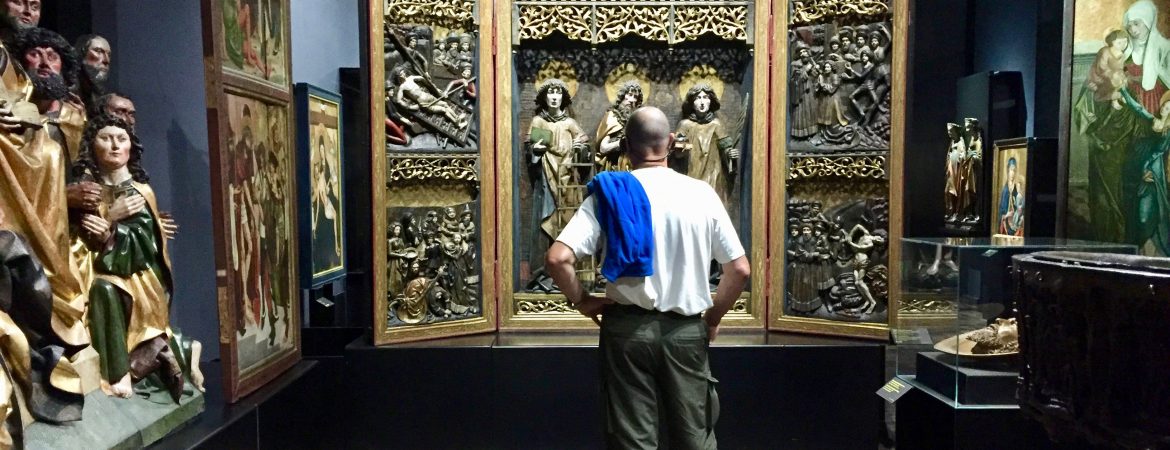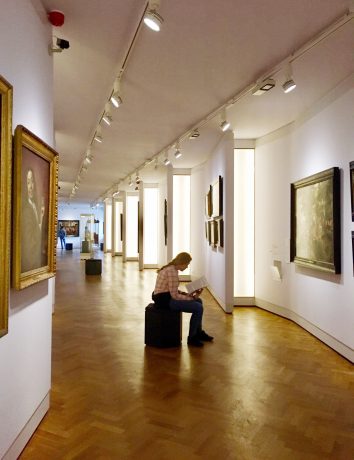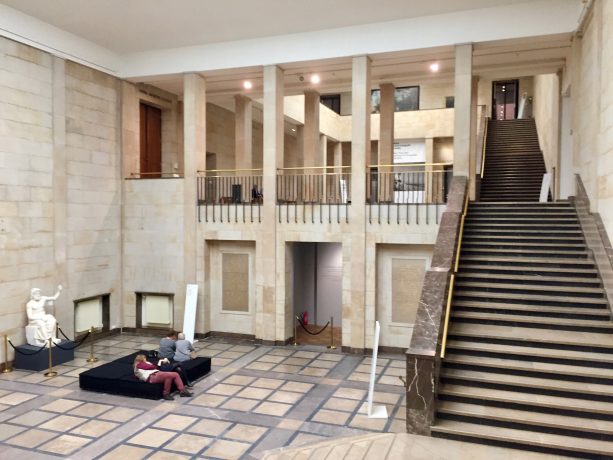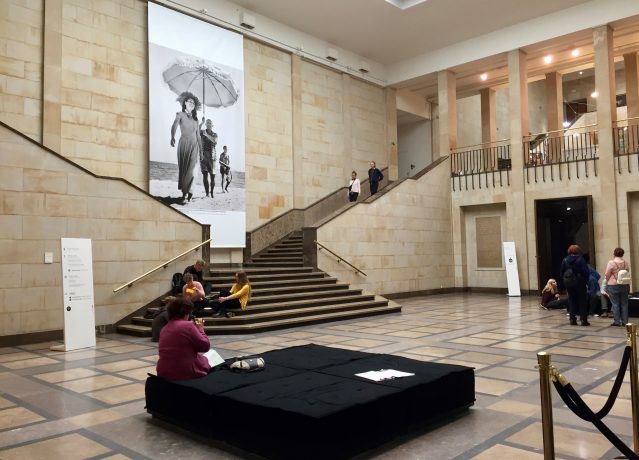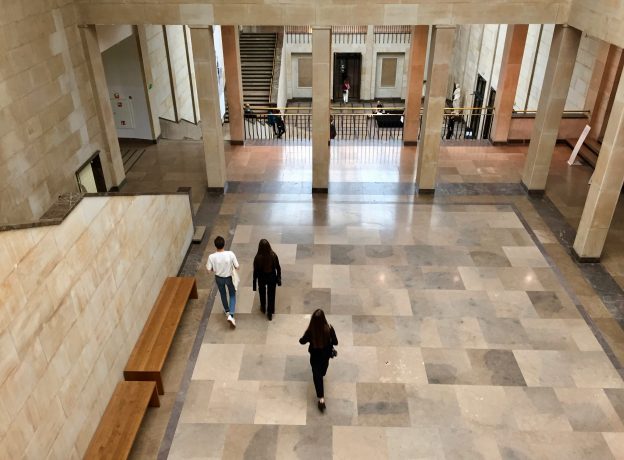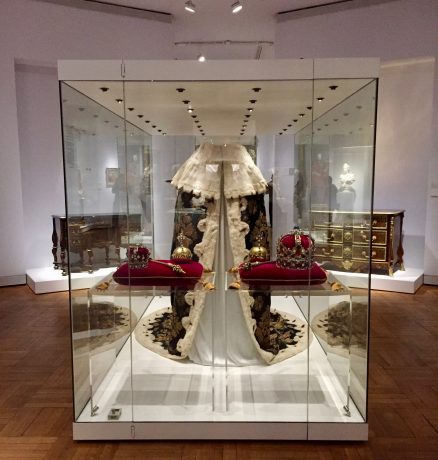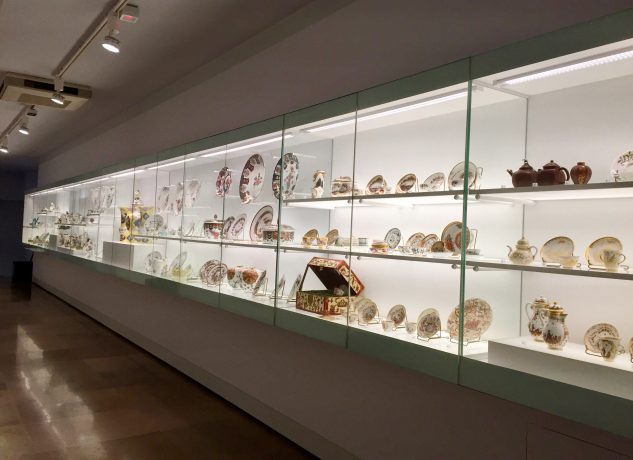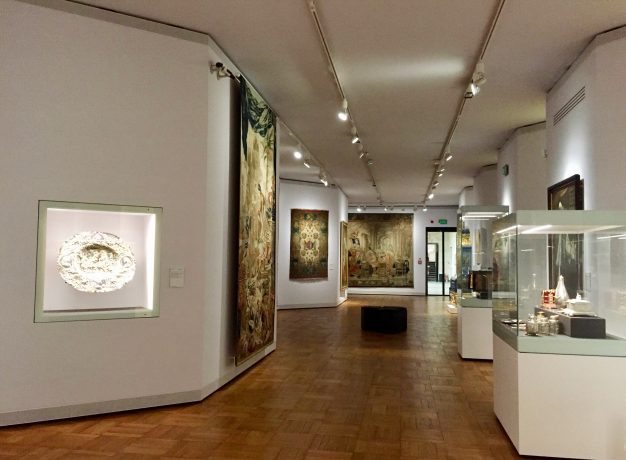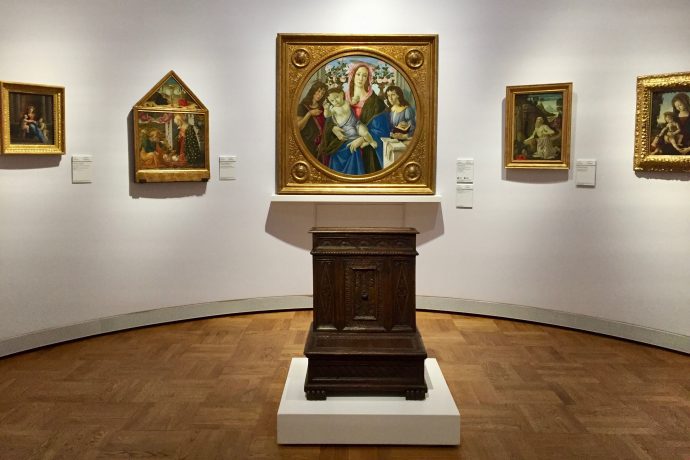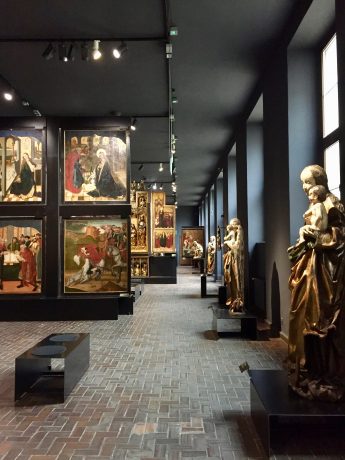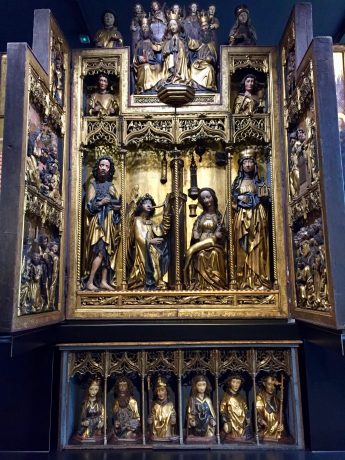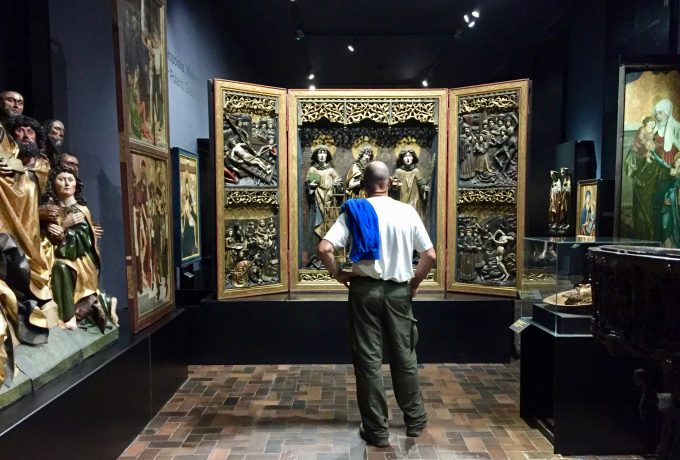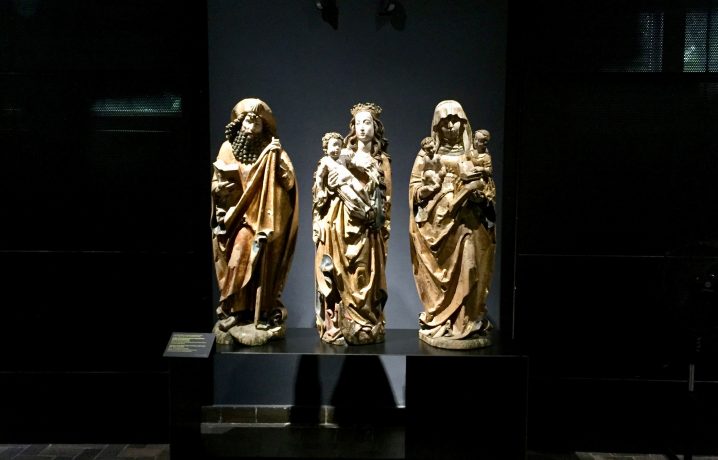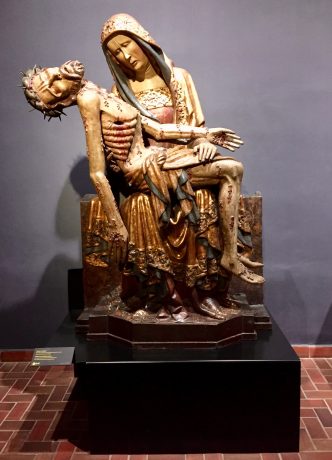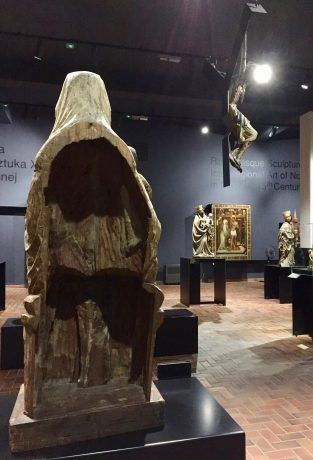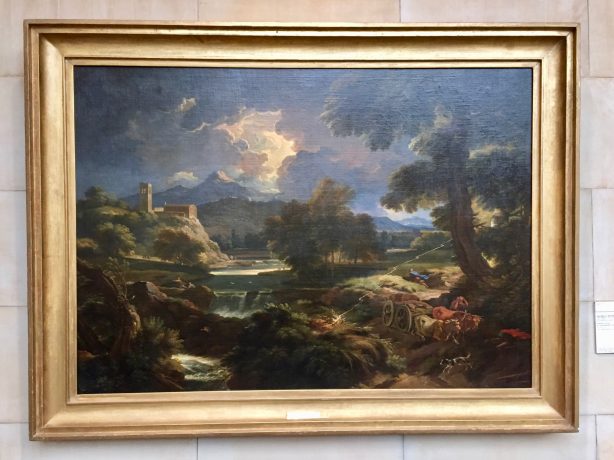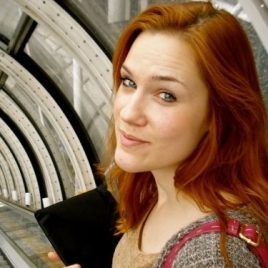The history of the biggest museum in Poland, the National Museum in Warsaw, is pretty complex, as is the history of its city. The Institution has been through many phases and fights to present its collection in the way it does now. However, the result of this is quite outstanding. The Museum is located at the beginning of the long promenade called New World (Nowy Świat) that links between one side of the city center and the Old Town, across from the famous Palm tree. There is no better place to visit on the rainy or snowy morning (as you need a good few hours!) while visiting the capital of Poland.


Its story started back in 1862, when it was founded as the Museum of Fine Arts along with the School of Fine Arts, the Main Library and the Main School. For about fifty years, it shared its building with the School of Fine Arts. The Museum's display was mostly focused on the oil paintings from the School’s collection, though it gradually evolved. During the first phase of its activity, the Museum only gathered art pieces by the foreign artists. At the end of 19th century, the Museum was granted space in the House of Nepros where the Art Gallery opened. Having exhibitions accessible for the public turned out to be very beneficial. Firstly, it grabbed everyone’s attention and the issues of the Museum became public matter. Secondly, there were many donors to offer their family collections, sometimes including the souvenirs after the famous artists. The Museum was still shaping, but what was more important was its significance. In 1916, the Museum was taken over by the city of Warsaw and the name was changed to the proud „National Museum” with the idea behind it being to make it of greater importance. The new Museum would collect both Polish and foreign heritage and the exhibitions were to be spread on many different areas ranging from art to the army. The Museum's long wait for its own building was finally completed in 1938. When the War started, the Museum had to suspend their activity and it turned its name to Museum der Stadt Warschau, where its only missions were to research all exhibits deported to the Reich and to be able to locate them later. Because of this, it was possible to retrieve the Polish heritage objects when the War was over, thankfully. The principal of the Museum at that time, Stanisław Lorentz, was also determined to broaden the collection. He managed this by obtaining a collection four times bigger than the Museum had before 1939.
It’s not possible to see thoroughly the whole Museum during one visit. The collection is too big and too broad to focus on everything carefully. During our stay, we were unlucky to see one of the greatest exhibitions, Art Gallery of 19th century, was closed. It presents the work of the best artists of that age, where Albert-Ernest Carrier-Belleuse is displayed beside Henryk Siemiradzki or Józef Chełmoński beside August Renoir. Thankfully for everyone else, the Gallery is (was) closed only until September 22, 2017, because of its modernization. It’s an absolute must-see though when it’s open to the public due to its fabulous collection of 19th century European art.
Despite such obstacles, the visit to the Museum was still very fruitful. Starting on the ground floor, you enter the beautiful Gallery of Medieval Art. The room glows with gold like the interiors of medieval temples. What is most interesting is the way the art pieces, mostly sculptures and altars along with paintings, are presented. It’s possible to walk around them or at least look at back of nearly all exhibits. So there is the beauty of an impressive sculpture of Christ dying on his Mother’s knees, detailed, delicate and covered in gold, but when you see it at the back it’s… empty. Just traces of burin on the hard wood or any other material. What is a better way to evoke visitors' reflection of what art was (and still is) from clashing with the material its actual form created by the artists? The display is also arranged by the art's country of origin. Thanks to that, visitors have the opportunity to go on a specific journey around the most important courts and capitals of medieval Europe.
Another gallery we managed to see is the Gallery of the Old Art. This one not only gathers paintings, but also crafts and sculptures of European and Polish origin from 15th to 18th century. It’s divided into few sections: Culture of the Court, displaying splendor and luxury, Religion and Faith in Church and Home, focused on every day and art objects supporting piety, City, emphasizing the importance of the city culture including beautiful Porcelain Cabinet, Glass and Crystal Cabinet and Gold Cabinet. We move back in time while walking down the corridors, simultaneously reflecting on the all aspects of past life, on vanity and devoutness existing so close together.
The Museums has so much more to offer. The Gallery of Ancient Art is under the renovation and will be open for the public in 2019, completely changed. The main idea of the Gallery is to gather and group relics from the ancient civilizations of Egypt, Greece, Rome and the Near East. There is also the Gallery of Polish Design which will be open for the public in November 2017. Also, there are always at least two temporary exhibitions so there is always something new to see.


It is quite a common site to see students and school children having a history class in the Museum. They wander around with special spreadsheets to fill, looking for answers while visiting the exhibitions. The Museum also rents certain spaces and the courtyard for the private events, receptions, concerts, screenings or conferences. How wonderful it must be to have your Prom Ball in the Main Hall of the National Museum, surrounded by the atmosphere of all the history and art presented inside! It does happen.
It is an extremely difficult to write about the institution, whose goal is to represent the country’s heritage in the best way possible, while simultaneously trying to present the treasure of world’s culture and history. There is so much to describe and it’s definitely better to see with your own eyes. It is a real must on „to see” list of Warsaw.
